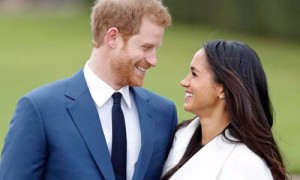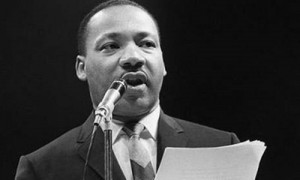For a closer look at how the two long-time adversaries quickly resolved the issue, and averted an international crisis in the process.
A testament to the critical role diplomacy can play.
US Secretary of State John Kerry called Iranian counterpart Mohammad Javad Zarif five times about the issue on Tuesday, telling him the release of the sailors could be turned into a "good story" for both sides, according to a US official.
"I'm appreciative for the quick and appropriate response of the Iranian authorities. All indications suggest or tell us that our sailors were well taken care of, provided with blankets and food , and assisted with their return to the fleet earlier today," Kerry said.
Zarif tweeted: "Happy to see dialogue and respect, not threats and impetuousness, swiftly resolved the #sailors episode. Let's learn from this latest example."
But the images released by Iranian are jarring - US sailors on their knees, their hands behind their heads. Their vessel, surrounded by armed Iranian military personnel.
One shows the sailors, nine men and one woman, in confinement, eating food provided by the Iranians, that some US officials said was staged to show Iranian hospitality.
And the apology video sent by the US navy commander has been seen by many as "pure propaganda".
Still, the swift resolve of the episode would have been unimaginable before, even a few years ago. It seems both sides understood the need to quickly extinguish a dangerous flashpoint, before it fully explodes.







